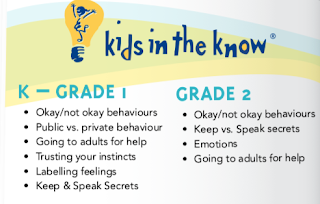Castles and 100 Day
Castles
As we move towards the March Break we have worked hard to finish our research project on castles. The students have been using library books and we have been watching videos about the life in castles. In their research reports (which came home March 8th), the students wrote about who lived in the castles, what they ate and the role of knights.
They enjoyed making catapults and several groups created successful catapults. In order to have a successful catapult, they had to create a structure to support the spoon. The catapults were to be able to launch pompoms.
They also made a shield to represent themselves as knight carried shields that represented their families and rulers. The shields include their favorite natural object(s), favorite activity, favorite shape and favorite animal. The background was to be their favorite colours.
100th day of school
The 100th day of school (more or less) :)
The Friday before the break, we celebrated 100 days at school. We counted 100 objects. The students had the choice of building with Lego, pattern blocks, corks or cups. They also had the choice to create a piece of art with 100 items. These centres were very popular so they will be offered again after the break.
We also talked about how big a number 100 is. For example is 100 a lot or a few family cars? Is it a lot or a few pieces of Lego?
Spring term: writing and math
As we move forward into this last term of school. We are focussing on writing from personal experience. We are starting a list this week of categories that we can think about when we are writing true stories about our lives. The broad writing categories that we are using are: Places You Go, Special People in our Lives and Family Times. Over time we will add to these categories.
We are going to continue talking about ourselves and particularly where we live and what is in our neighbourhoods.
In math we are working on addition, specifically that addition is when 2 groups are joined together and make one larger group. We are looking at different ways to solve math equations to build our flexibility of thinking. For example, 6+8= 14 but there are many ways to get to this answer. This flexibility of thinking will serve our children well when they are trying to solve more complex multi-digit problems. If they have more than one way to solve the problem they can feel more successful.
Kids in the Know
Topics we will be discussing in class this school year.
Ed Inform
Recently on Ed Inform I have added the following;
- An evaluation of your child's work during the castle unit. There is more detail about the written research report your child completed including next steps for your child and an explanation of the self-evaluation at the back of the booklet.
- I am beginning to capture moments of students learning about addition.
- Some students have videos of their working catapults.
- Evidence of your child's ability to represent 100 in "Number Sense".
- Evidence of your child making 3D shapes in class in "Geometry and Measurement". Your child chose which shape they wanted to bring home.
- The grade 1's also have pictures of things they build with 2D shapes in "Geometry and Measurement".
Things you can do at home:
- Personal story writing: We are beginning to write from our own experiences. If possible at dinner or bedtime could you ask your child what was interesting about their day that they could share at school tomorrow.
- Continue to listen to your child read their home reading books and their library books. At this point in the year, the children are being encouraged to bring home a French book that they can read.
- Choose a number and talk about 'How many?' that the number represents. Is it a lot of Lego, a lot of peas on a plate, a lot of T-shirts, a lot of pets etc.
- Ask your child to show you all the different ways they can solve 7+8




